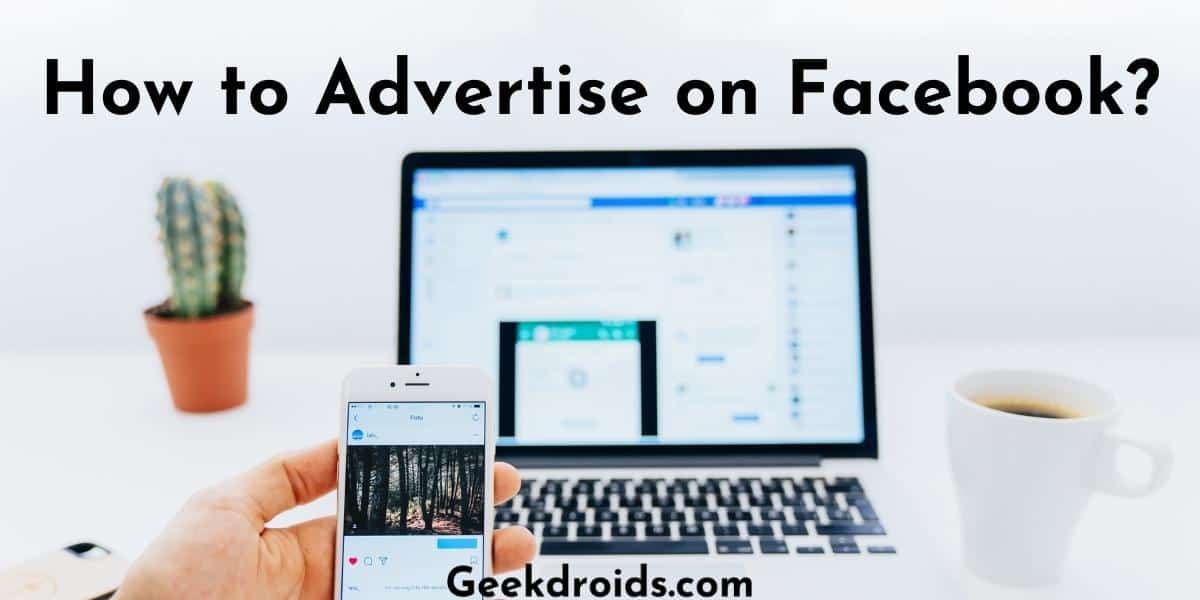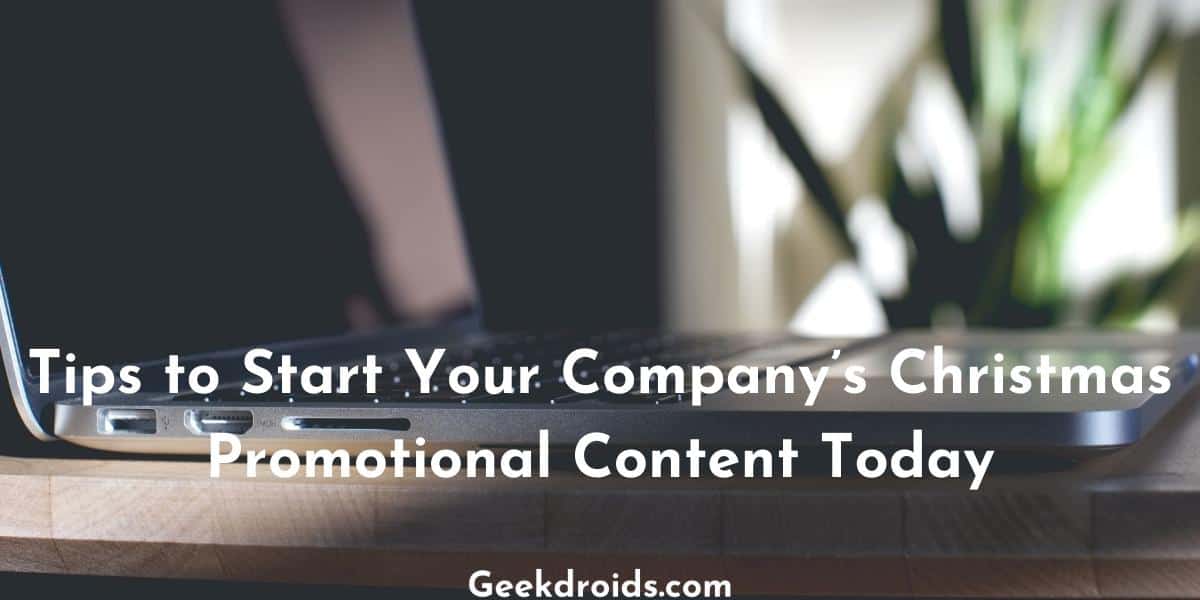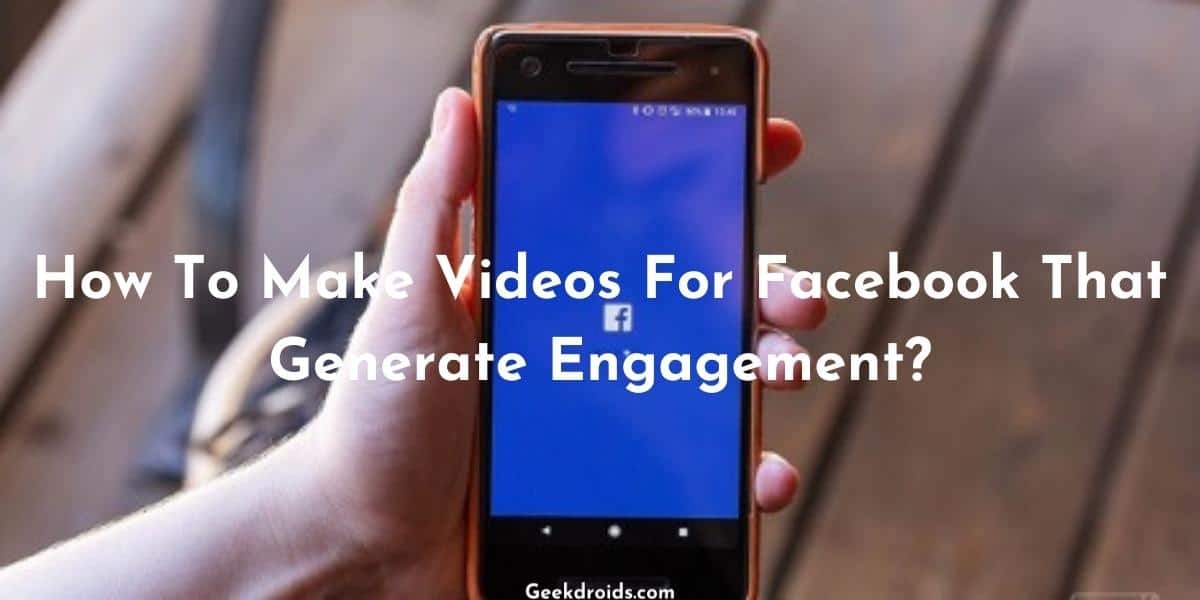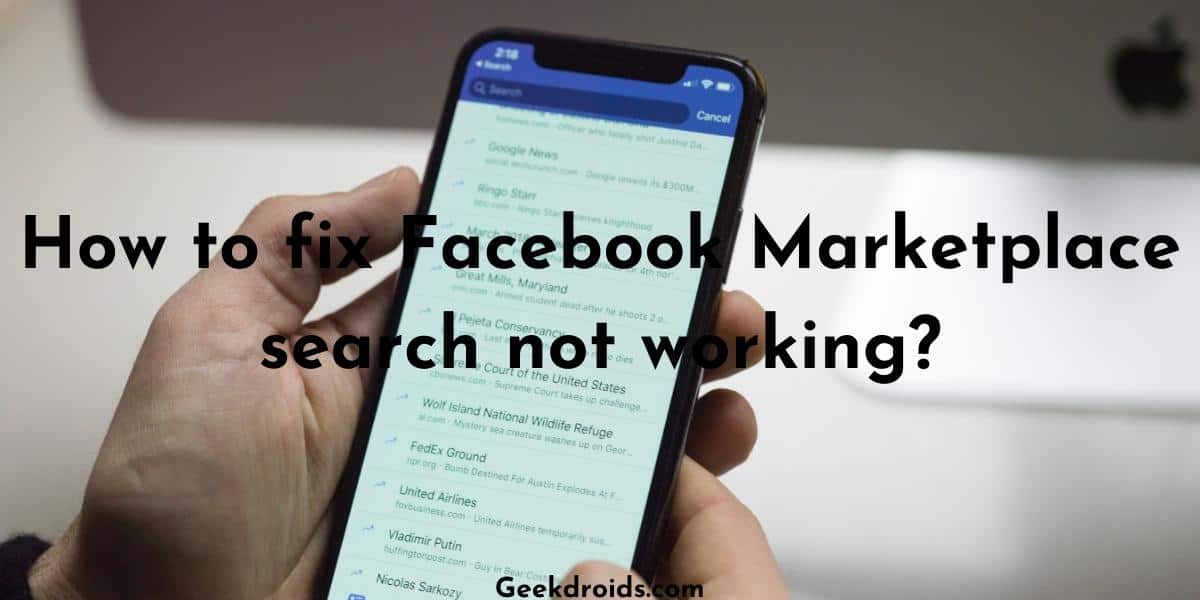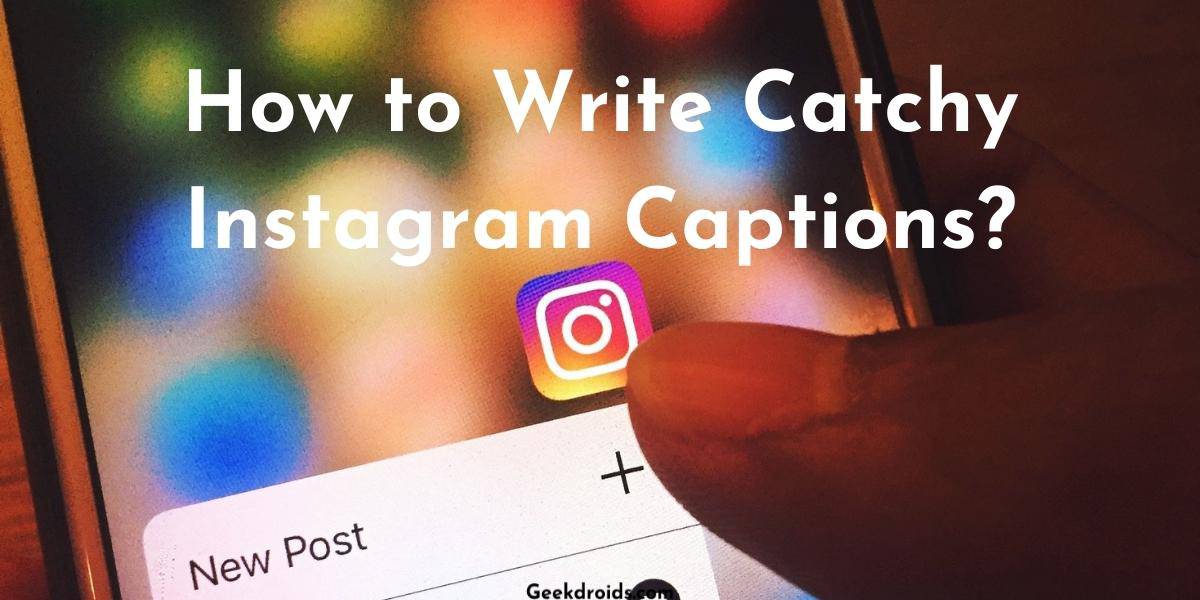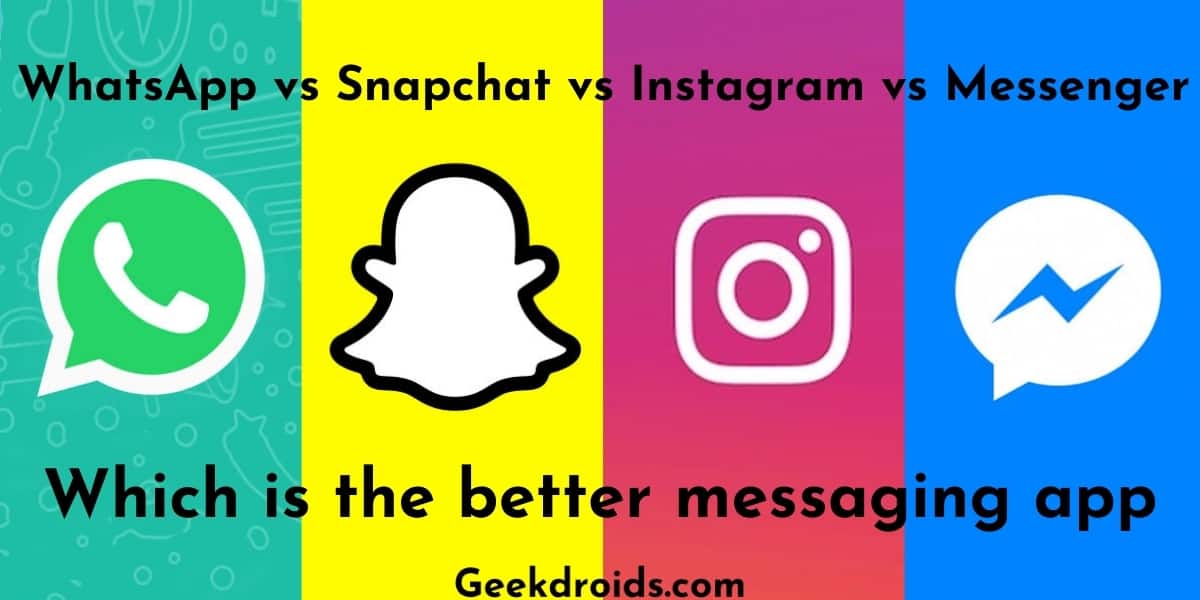Facebook advertising is a very effective promotion tool of content marketing for any business. But the audience and competition are very high, so it is quite difficult to achieve high efficiency in launching Facebook ads. To significantly reduce advertising costs, you need to know the basic principles of its settings. We have written a short guide, in which we describe important theoretical points and show how Facebook ads are set up.
Facebook ad formats
Page Contents
Facebook is not only social media but a truly effective paid traffic channel. Available formats and the necessary tools will help you create an attractive publication that allows you to quickly achieve your goal.
So, the formats are the following:
- Image is a great way to express yourself, make your brand more recognizable, and grab the attention of users. One of the simplest formats that can even be placed on your page. A small description can be added to the picture, up to 90 characters long. You can use Facebook ad templates from third-party resources.
- Video talks about the advantages of your company with an original description of the product or service. In addition, instructional videos are very popular, bringing popularity and promoting page promotion. For preparing such content the most convenient tool is a video editor for PC that allows to edit MOV files and other modern formats, cut video, scale, add transitions, effects, titles, and much more.
- Collection – placing in one ad both photos and descriptions for them in the form of a video, which allows the user to determine a more convenient viewing format.
- Carousel is a great opportunity to make a group of creative ads using up to ten videos and pictures at the same time with links to them. Free music is at your service if you need it.
Facebook advertising provides many formats for creating posts. You need to decide on the purpose of creating an ad – whether it will be sales, brand promotion, or just page promotion. Further, everything depends only on the imagination and creative capabilities of the advertiser.
Types of advertising
To effectively place ads, you do not need extensive knowledge in the field of programming. Without the help of a specialist, you can publish an ad using the Ads Manager tool. For beginners, there are tutorials on the official YouTube channel META for Business.
There are three types of postings:
- advertising in communities;
- ads for mobile devices;
- targeted advertising.
The types differ from each other in that in the first case, the advertiser negotiates with the administrators in the groups, and in the other two, Facebook needs to pay for the placement directly.
It is recommended to combine the methods of advertising on Facebook. To interest buyers, it is advisable to use advertising in thematic groups. Then independently control the ad and make adjustments to it.
Setting up Facebook ads
A study conducted by Buffer showed that in 2019, 93% of American marketers used Facebook to promote their business. After all, Facebook allows online stores to show product ads to a large potential target audience, some of which will become your customers.
To use advertising, you need to create a business account on the social media network. And in order to set it up correctly, it is important to understand the functionality of the advertising account and go through a few steps.
Step 1. Selecting a target
When you choose an ad campaign goal, you determine which optimization strategy Facebook will use to get the maximum effect. For example, if you specify ”Engagement”, your ads will be seen by people interacting with the content: they put likes, leave comments and make reposts.
If you need to increase the number of orders in the online store, you should choose the following goals:
- Traffic – Facebook will optimize advertising campaigns so that the maximum number of users come to your site;
- Conversion – Facebook will help you get registrations on the site, adding goods to the shopping cart of an online store, purchasing goods, etc.
Step 2. Choosing a budget
You can set a budget for one day or for the entire duration of the campaign. If you choose a daily budget:
- slight overspending of the specified budget is allowed;
- ad schedule setting is not available.
After saving the settings, the budget type can no longer be changed. Other settings, such as the overall budget for the campaign, the individual budget for each ad group, and the budget size, can be changed.
From experience, it is better to use the budget for the entire period. Because:
- a strict budget is set, and the system will not be able to overspend it;
- funds will be evenly distributed over the days you specify;
- you can specify the time of displaying ads, for example, from 9 to 21.
Beginners should not use a bid for impressions or clicks, because there may be nuances in which Facebook ads will stop showing at all.
If you spend less than one dollar a day with the Traffic goal, Facebook optimization will either not work at all or you will have to wait for the cost per click to drop to a minimum.
You should not change the budget for a running ad by more than 10-15% every 2-3 days, otherwise, you can knock down the Facebook algorithm. If the budget needs significant changes, it’s best to create a new campaign with the correct budget.
After connecting advertising, a fixed amount will be regularly charged from a credit card.
Step 3. Audience selection and targeting
If we take an online men’s clothing store as an example, then its products may be of interest to the different target audience: businessmen, women who are looking for gifts for men, mothers of graduates, etc. There can be many portraits of potential customers, and for each of them, you need to separately set up and test advertising campaigns.
You have a chance:
- Select country, age, gender, and languages. To do this, analyze your audience in Google Analytics.
- Specify the interests of the audience. If you’re selling dresses, select an interest like ”Shopping” and use the recommendations from the dropdown.
- Set up connections. For example, you can choose not to show ads to people who already follow your page.
- Upload your audience. For example, a list of clients.
Step 4. Choosing an ad placement
You need to decide on the places where ads will be shown. If you select automatic placements, Facebook will place ads in the Facebook News Feed, Right Ad Unit, Facebook Stories, InstaStories, Instagram Feed, Mobile News Feed, and more. It is possible to immediately remove placements that you consider ineffective for your business.
Step 5. Create an ad
At this stage, the advertising format is selected and the publication is finalized. If you choose the Image or Video format, there are several steps you need to take:
- Upload the desired image. The ad image must contain no more than 20% of the text, otherwise, Facebook will reduce the reach of the ad.;
- Specify the landing page where your ad will lead to — the address of an online store, a landing page with goods, etc.
- Come up with an ad title. If the site has a title, it will automatically be pulled into the ad. You can leave it.
- Write captions to describe the ad. Limit yourself to a few short, specific sentences.
- Choose a call to action – the name of the button on the ad. For an online store, the Buy, Go, etc. buttons are suitable.
- Create ads in another language, if necessary.
- Connect UTM tags. This is important if you are tracking traffic sources in Google Analytics.
- Check if everything is correct in the ad preview block.
- Click the ”Confirm” button, after which the ad will be moderated, which will last about two hours.
There is absolutely nothing complicated in the Ads Manager settings. It is possible to control everything using the reporting function of the number of users who are interested in the ad while adjusting the display options.
Conclusion
Since running ads on Facebook is quite difficult, in this article we have described the basic steps for creating ads on Facebook. Targeted advertising on Facebook will bring maximum benefit if you study the effectiveness of ads, how to share posts, test different audiences between Facebook and Instagram users, periodically change creatives, and use new calls to action.
